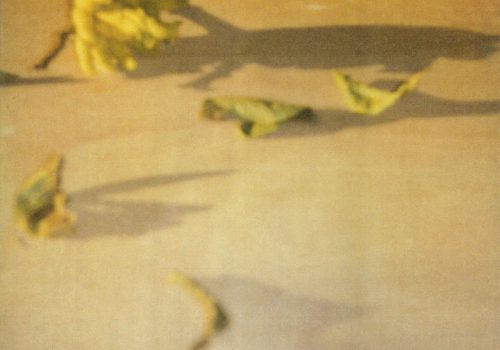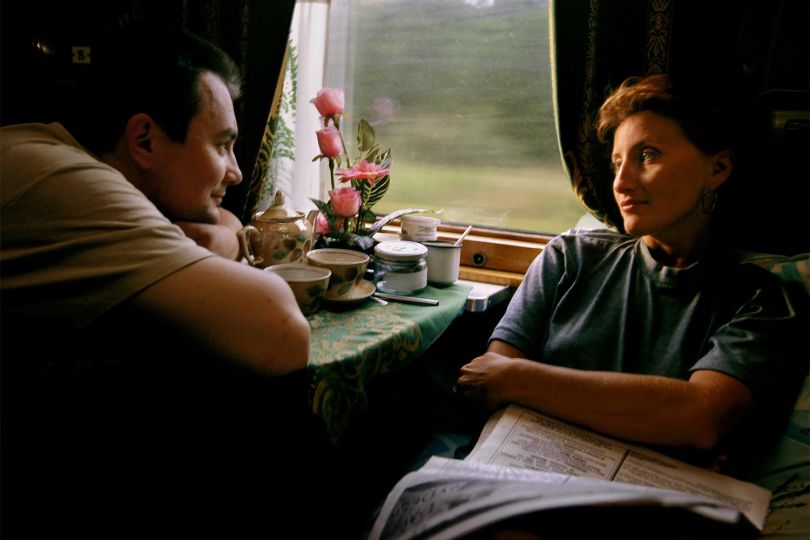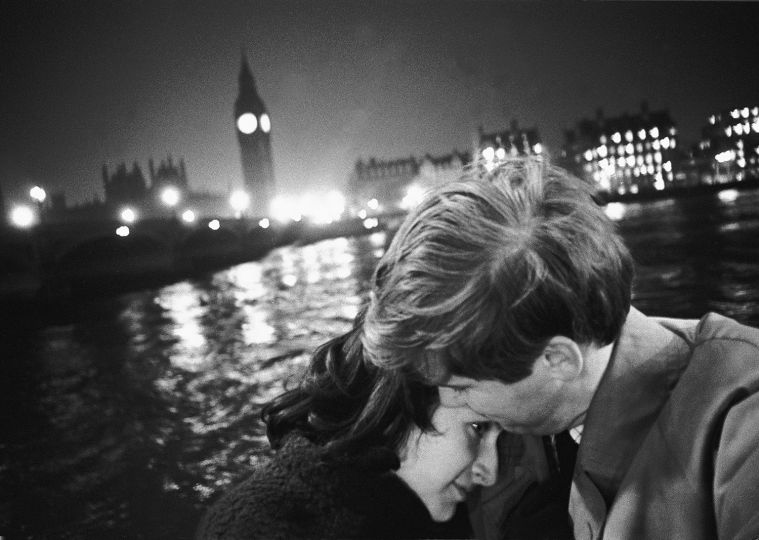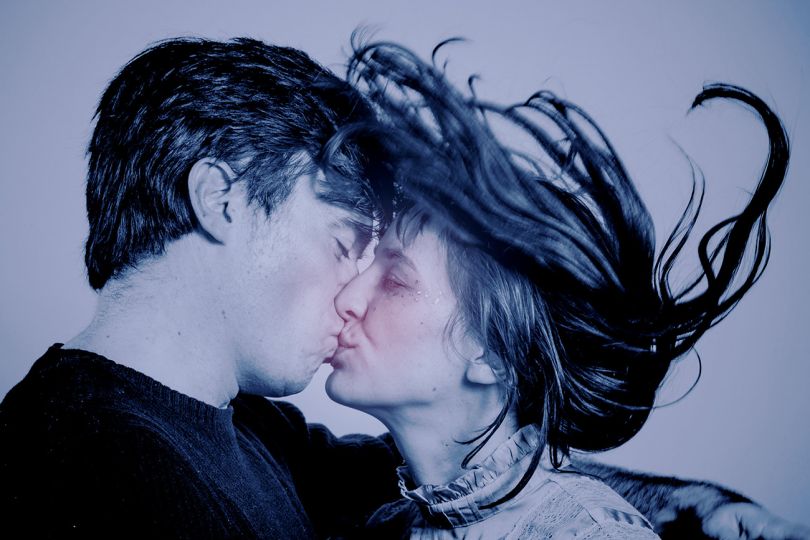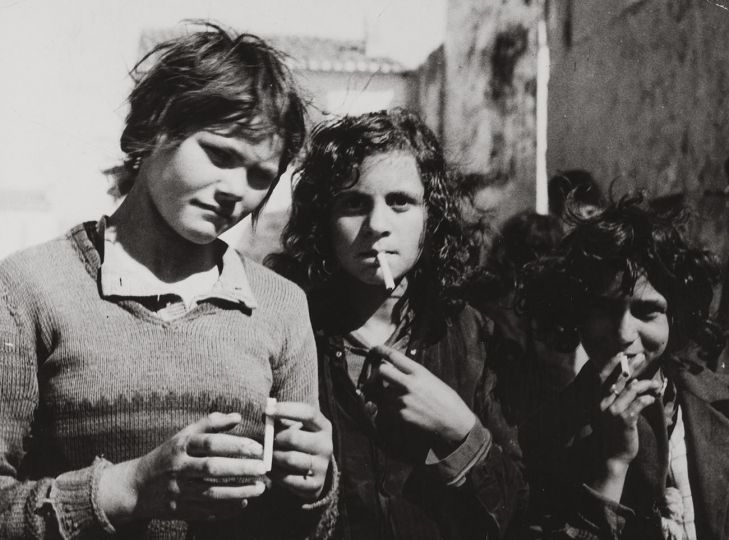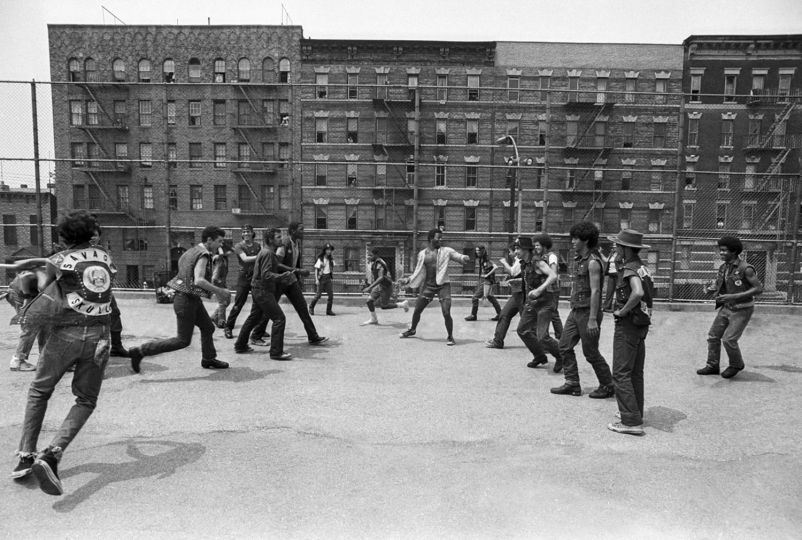The photographs of Cy Twombly (born 1928 in Lexington, Virginia) are a revelation, albeit one that comes late in his life. World-famous for his abstract “scribbles” and nervous drawings, he has been a productive photographer since his student days and is now, at a late stage in his career, gradually publishing his poetic photo treasures. Cy Twombly – Photographs III, for which the artist himself selected each and every image, combines early works and with later floral studies, studio views and landscapes to compose a visual gesamtkunstwerk of entrancing beauty and aesthetic refinement.
Cy Twombly – Photographs III, for which renowned art and photo historian Hubertus Von Amelunxen penned the introductory essay, features about 100 hitherto unpublished photographs. It is appearing to coincide with a major Cy Twombly exhibition at Museum Brandhorst in Munich, that opens April 6, 2011, and runs through July 10, 2011.
Cy Twombly photographs the subjects that he encounters in his studio in Gaeta, in Bassano, Rome or in Lexington, on the beach at Miramare or in botanical gardens, using an instant camera. By means of a special pigmenting process that involves dryprint, these one-offs are enlarged and printed in limited editions. Not only the special saturation of color, but also the fact that the shots are strikingly out of focus account for their unmistakable nature and extraordinary appeal. The consistent lack of focus is reminiscent of the photographs of the late 19th-century Pictorialists. Hubertus Von Amelunxen, however, discerns photo-historical references to the early days of photography, namely to early calotypes, first paper photographs permeated in “light and emulsion”. Indeed, with their aesthetic effect, Twombly’s photographic images exhibit a sense of both astonishment and entrancement with the (new) technology. The unusual and the new is of a quite singular beauty.
Using his particular technique, Cy Twombly manages to concentrate on the textures of surfaces which, removed from the flow of time, generate visual orders of an over-arching world of perception. Hubertus Von Amelunxen calls them “musical, rhythmical positions in an ineffable syntax” – as the focus is not on representation but on the unmistakable nature of things or the clarity of motifs. Finding the invisible in the visible, retaining the purportedly excluded in the image and at the same time sensing the intangible dimensions of time and space, that is what constitutes the great appeal of Twombly’s photographs. The eye is always very close to things, the direct view suggests an almost intimate proximity – of tender tulip blooms, of everyday objects such as glasses and bottles, of the artist’s slippers, his brushes and painting utensils, and not least his paintings themselves.
Cy Twombly has selected the images for this volume and decided their sequence with the utmost care. Shifts and superimpositions are part of his concept of the simultaneity of symbols that cannot always be deciphered. Against this background, in particular the photo studies on his own paintings and sculptures are of significance. They cast a unique light on how these works wish to be understood. “Photography and painting (…), on both occasions punctuations of the surface occur,” writes Amelunxen. Punctuations, taking up phenomena from the lifeworld and translating them, without an over-emphasis on style or form into subtle beauty.
Photographs III, 1951–2010. With an essay by Hubertus Von Amelunxen. Schirmer / Mosel Verlag.German/English/French.
€ 58.00, € (A) 59.70; SFr 81.90
Exhibition
Until July 10
Museum Brandhorst
Brandhorst
Theresienstraße 35 a
D 80333 Munich

